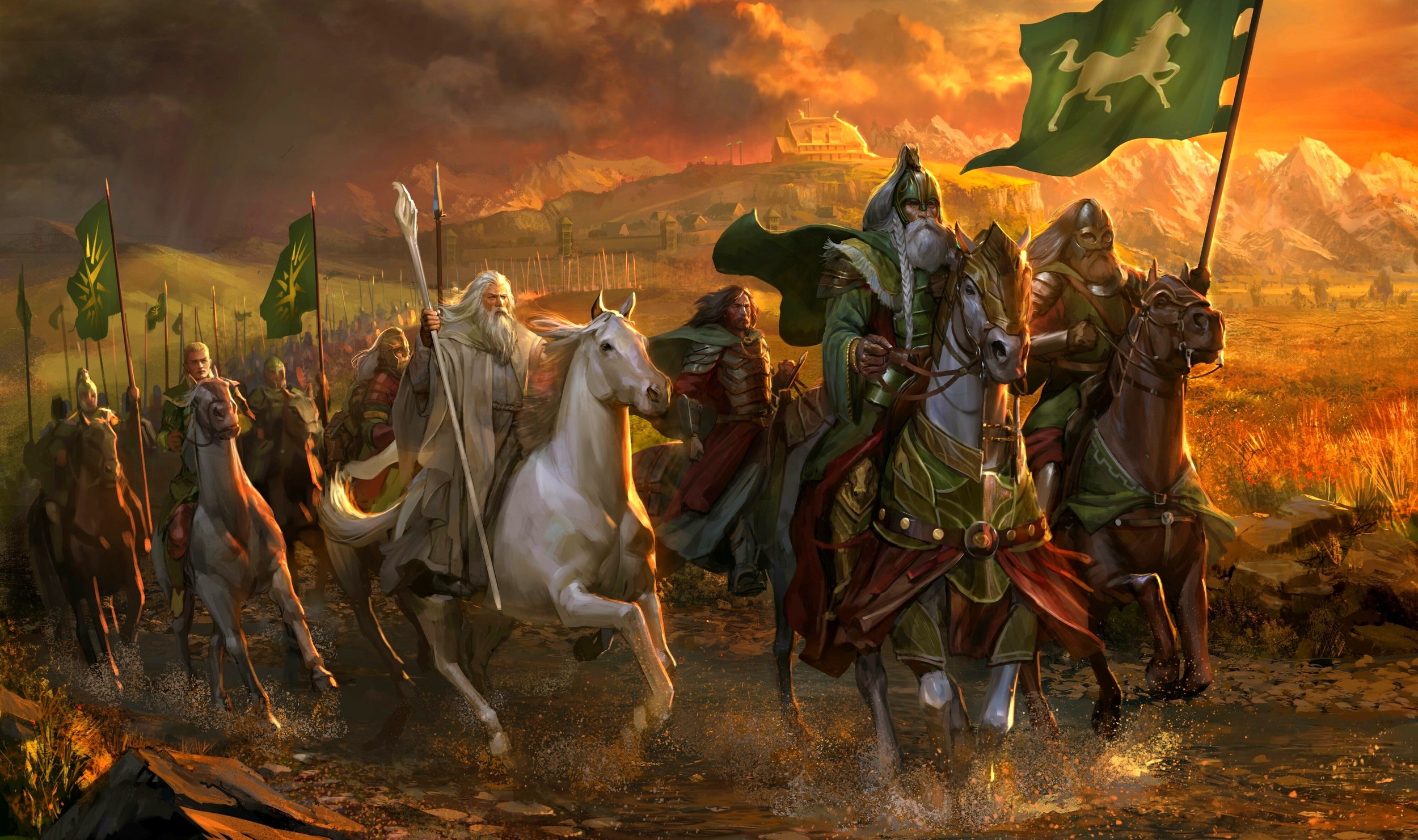The Donkey, the Rooster and the LAMB
One of the joys of the Gospels is hearing them read aloud again and again and seeing the story afresh. So while the scenes of Jesus’ birth ensures animals are (rightly) ever-present in the Christmas story, having just walked through Palm Sunday, Maundy Thursday, Good Friday and Easter Sunday, we are reminded animals are both present and significant throughout the Easter story as well.
There is of course the donkey of Palm Sunday, not the warhorse of the victorious general (as Judas Maccabeus had been when he had entered Jerusalem around 200 years earlier), but the humble, gentle King, fulfilling the words of the prophet Zechariah:
“Say to the daughter of Zion,
‘Behold your King is coming to you,
Gentle, and mounted on a donkey,
Even on a colt, the foal of a beast of burden.’”
(-- Zech. 9v9 & Mt. 21v5)
A good reminder that God’s prophecies include animals, include creatures. God the Son chose a donkey to ride on, a fact all four Gospels draw our attention to. An animal, a creature is there at the beginning of the end – the “end” that goes through Holy Week, to Jesus’ arrest and trial, to Peter’s denial; to another prophecy involving an animal, this time a rooster.
But he began to curse and swear, “I do not know this man you are talking about!” Immediately a rooster crowed a second time. And Peter remembered how Jesus had made the remark to him, “Before a rooster crows twice, you will deny Me three times.” And he began to weep.
(-- Mk 14v71-72)
Peter’s betrayal is grievous, but because of what happens next in the Easter story, his restoration by Christ is glorious. The sign of both Peter’s betrayal, a rooster’s crow (the greeting of the morning, time) and the place of his restoration (breakfast on the shores of the lake, space), are ordinary events in space and time.
Yet they are made extraordinary by the very presence of God Himself in them, He who created space and time. For we do well to remember that like us, animals are creatures and therefore, by definition, like us, have a Creator.
Yet again, this simple, natural act of an animal, the rooster, perhaps reminds us of another time a cock crows:
“Old fool!” he said. “Old fool! This is my hour. Do you not know Death when you see it. Die now and curse in vain!’”
And with that he lifted high his sword and flames ran down the blade.
Gandalf did not move.
And in that very moment away behind in some courtyard of the City, a cock crowed. Shrill and clear he crowed, recking nothing of wizardry or war, welcoming only the morning that in the sky far above the shadows of death was coming with the dawn.
And if in answer, there came from far away another note. Horns, horns, horns. In dark Mindolluin’s sides they dimly echoed. Great horns of the North widely blowing.
Rohan had come at last.
(-- Tolkien, JRR, 'The Siege of Gondor,' The Lord of the Rings)
It is one of the beautiful eucatastrophic moments in JRR Tolkein’s The Lord of the Rings. The “sudden joyous turn” as Tolkien calls it. For Tolkein knew, “from mirrored truth the likeness of the True,” as he observes in one of his letters:
"And I concluded by saying that the Resurrection was the greatest 'eucatastrophe' possible in the greatest Fairy Story – and produces that essential emotion: Christian joy which produces tears because it is qualitatively so like sorrow, because it comes from those places where Joy and Sorrow are at one, reconciled, as selfishness and altruism are lost in Love."
(-- Letter to his son Christopher, Letter 89, The Letters of Tolkein)
Easter, the greatest “eucatastrophe” …
Because of course there is a final “animal” in the Easter story: The Lamb of God.
There from the beginning of St. John’s Gospel, “Behold, the Lamb of God, who takes away the sin of the world!” (Jn. 1v29), through the Passion to the new beginning of Revelation, “Worthy is the Lamb that was slain to receive power and riches and wisdom and might and honor and glory and blessing.” (Rev. 5v12) One of the 28 times Jesus the Christ is described as “the Lamb” in Revelation.
So may this Easter season, including its donkey and its rooster, but above all of course The Lamb, help us to renew our faith and once again,
Come, behold the wondrous mystery!
Christ the Lord upon the tree:
in the stead of ruined sinners
hangs the Lamb in victory.
Come, behold the wondrous mystery:
slain by death, the God of life;
but no grave could e’er restrain him—
praise the Lord: he is alive!
(-- Come Behold the Wondrous Mystery, Matt Boswell, Michael Bleecker, Matt Papa)
Praise the Lord, He is Alive!
Alleluia! Alleluia!


